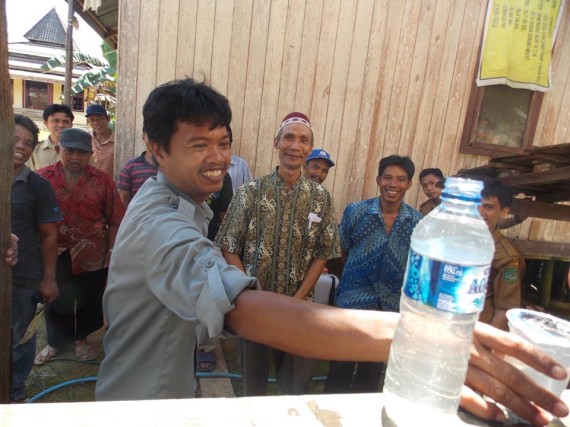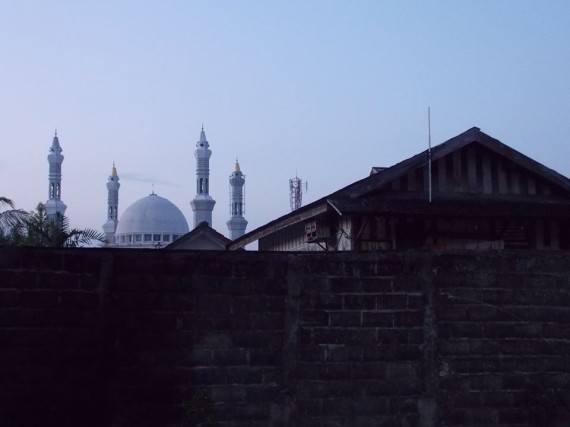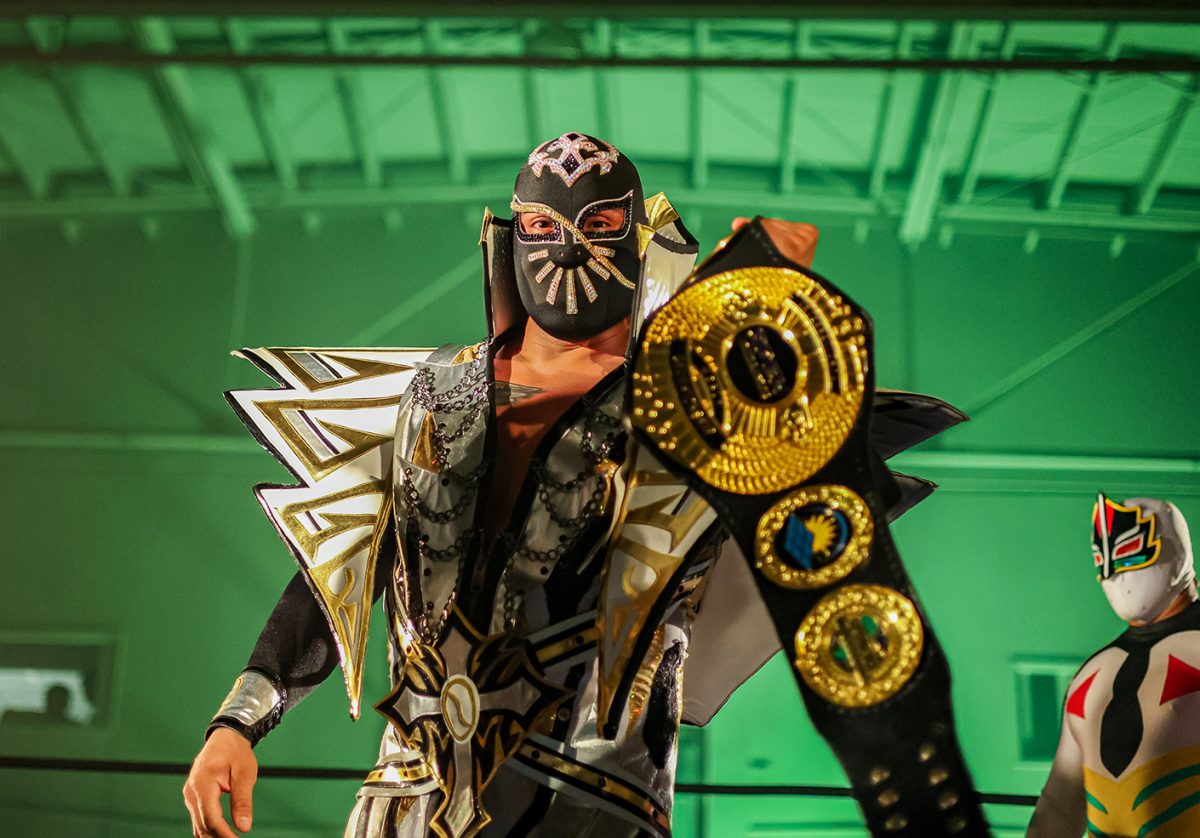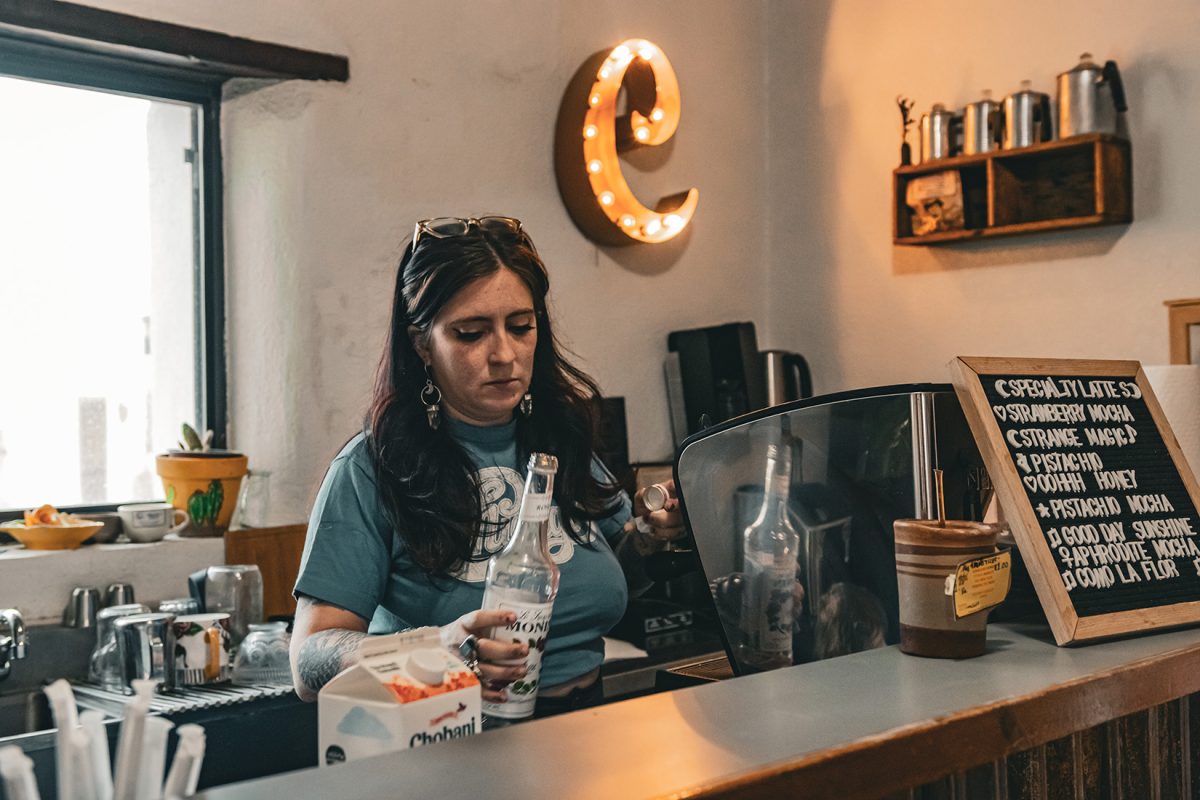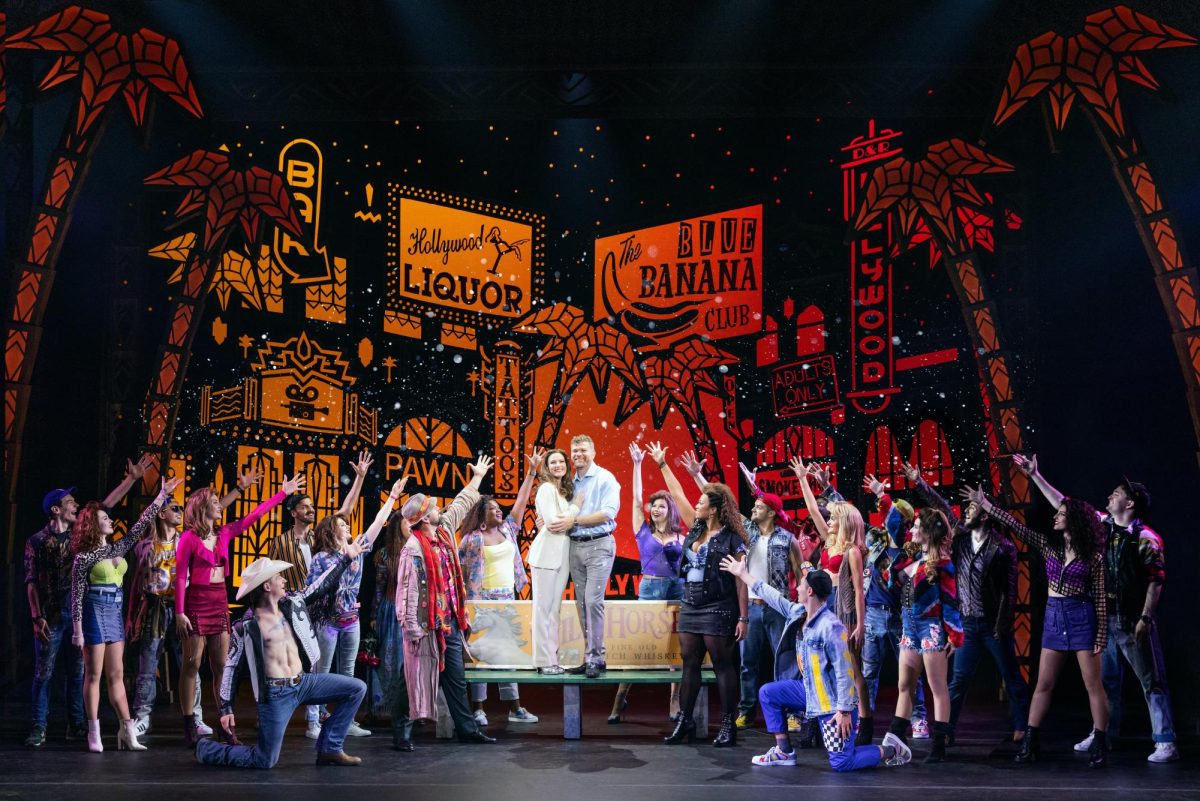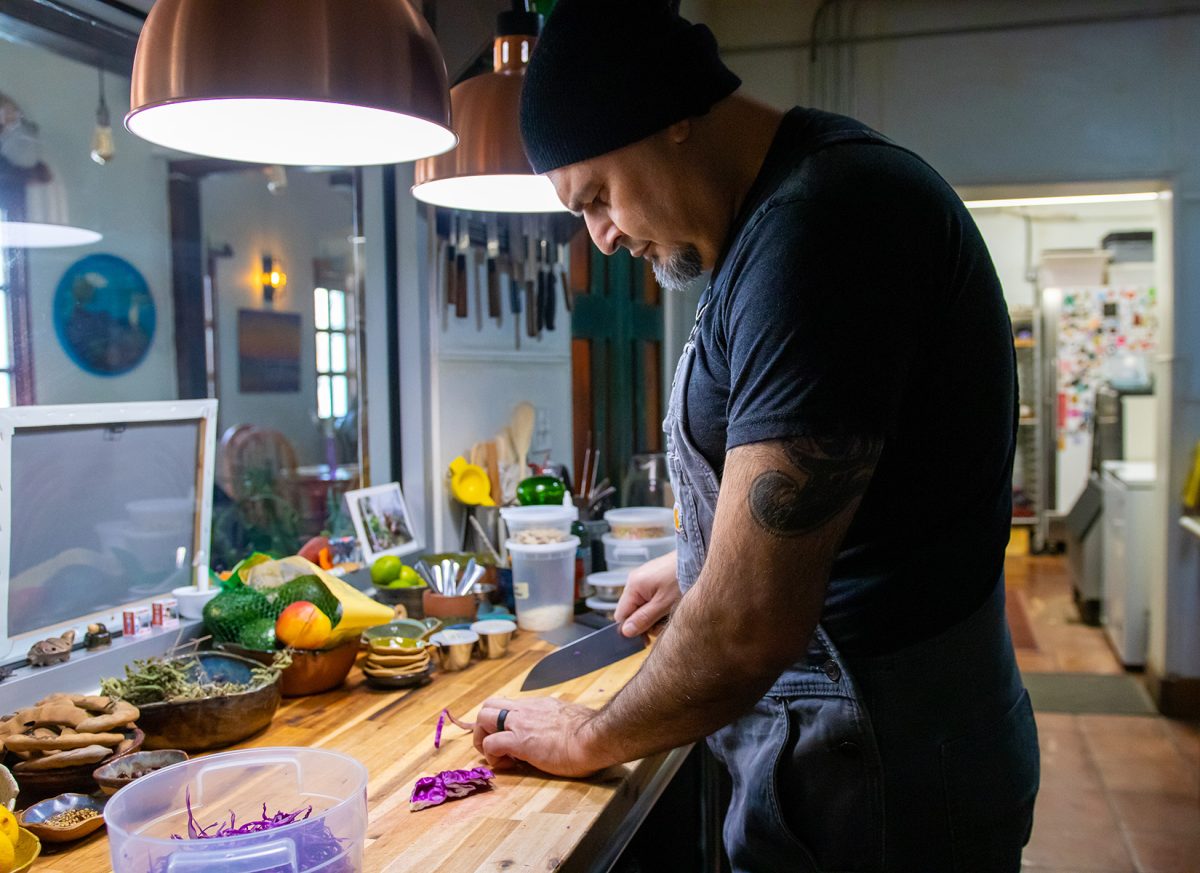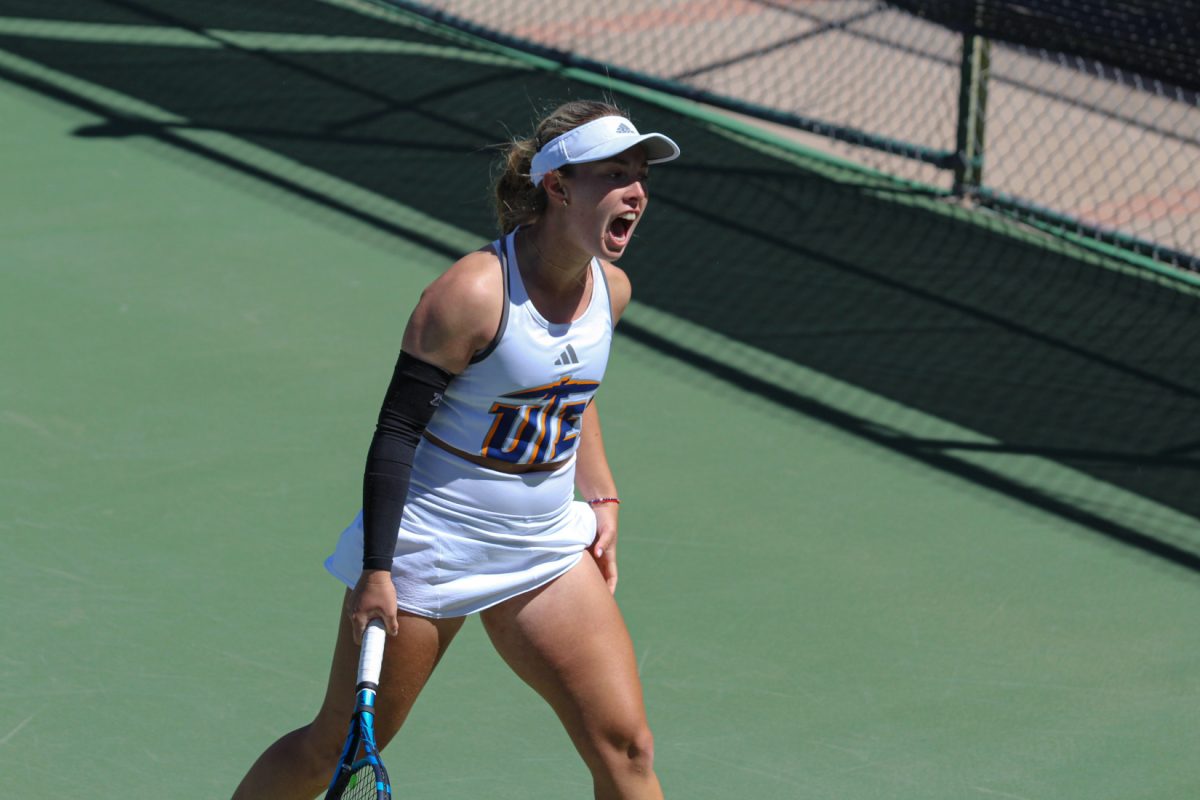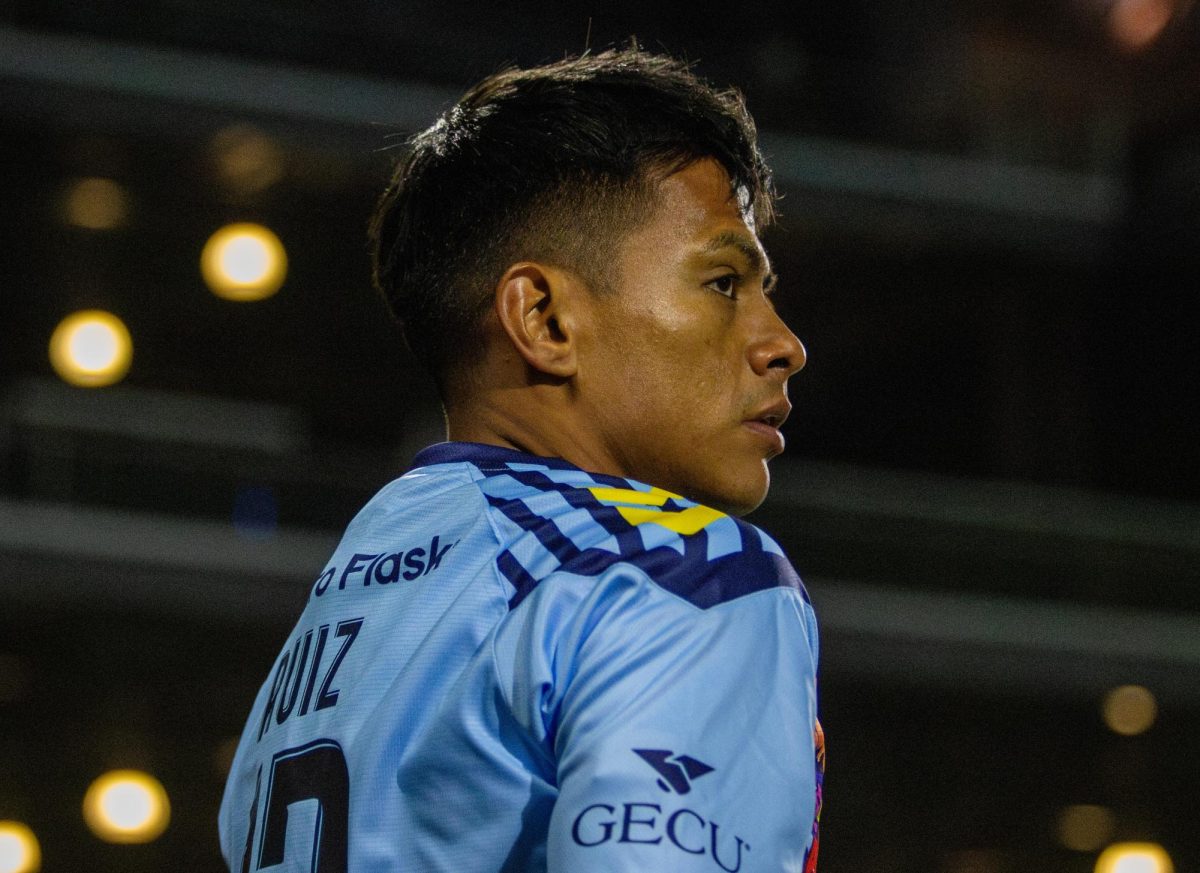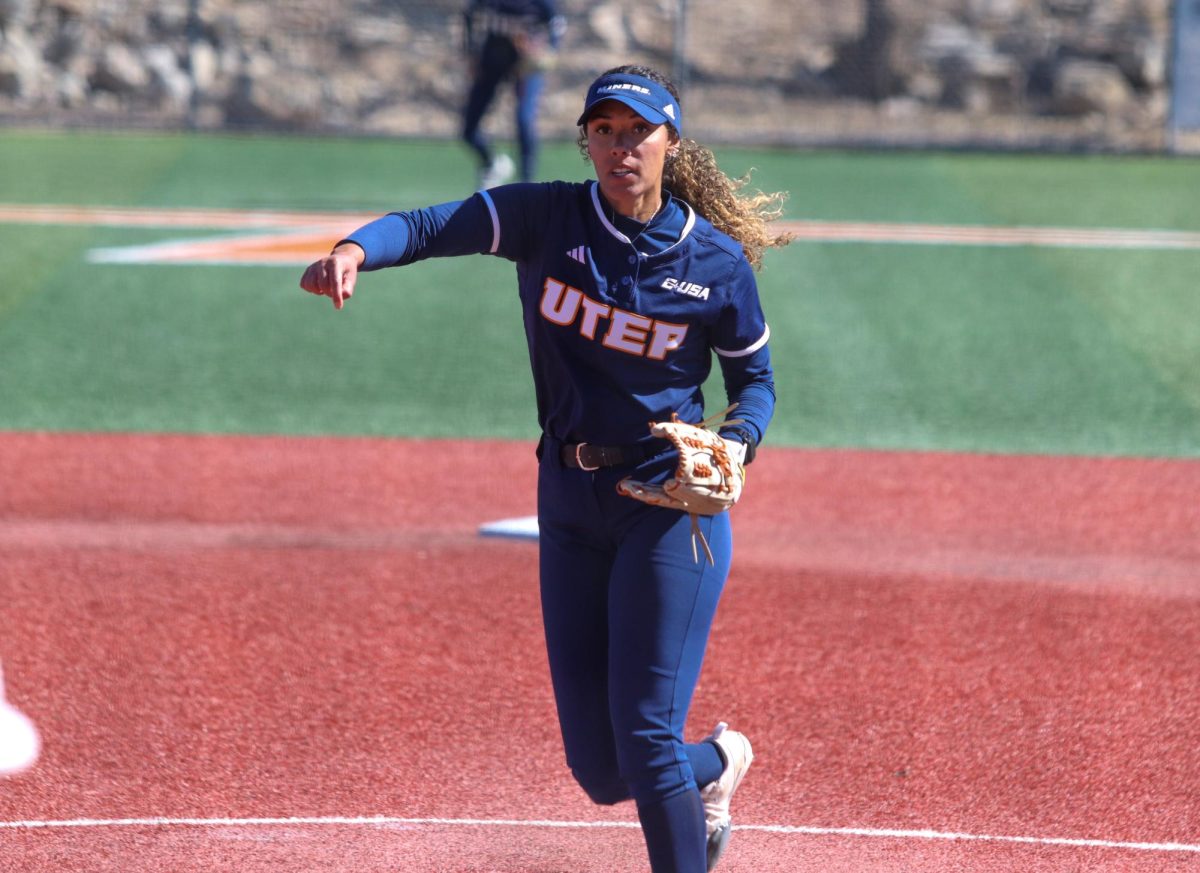Editor’s note: Maria Esquinca is a staff reporter at The Prospector and recently visited Indonesia for a study abroad program.
We drive through the streets of Samarinda, Indonesia, beside the metallic plated domes of the Mosques whose soft curves are lined by mirror-like plaques of metal that glitter in the sun.
In Indonesia mosques are numerous and diverse; large, small, intricate, simple. Some with walls and domes decorated with intricate geometric artwork while others are painted in soft pastel colors like lime-green and lavender. The variations are endless, yet they’re all a symbol of the religious backbone of Indonesia.
According to data by the Pew Research Center, Indonesia’s population is 88 percent Muslim, making it home to the most Muslims of any other country in the world.
In the domes of Mosques I saw a physical representation of upmost dedication and faith that was manifested in the people. Most of the women wore hijabs and covered their arms and legs, I always looked in awe at the amount women who passed by unbothered by the weight of humidity and heat while I melted below in my own clothes.
Through our stay in Indonesia, we witnessed the rigidity of the religion with awe and admiration. Muslims are not allowed to drink alcohol, and wine is banned from the country. The only place alcohol can usually be found are at hotels for the foreigners. Muslims are also not allowed to eat pork because it is considered unclean, which means no bacon. They pray five times a day—and I thought going to church every Sunday was tough.
We drive on while passing through small houses made out of wood. Sinatra rises up through my headphones, a stark contrast to the small wooden shacks that began arising the further we get out of the city.
We are headed to a small village called Suka Damai, which translates to “Peace Lovers,” to present a workshop at the University of Mulawarman on how to build carbon water filters. In Indonesia, the tap water is undrinkable. In the village, it comes out of the faucet with an orange hue.
We enter a medium sized room with a long horizontal table set up and rows of chairs in front of it. The humidity packs itself within the walls of the room, creeping beneath shirts and pants releasing sweat beads and a flurry of handheld fans. Seated in the chairs are between 20 and 30 villagers and standing at the edges of the room are government officials dressed in beige uniforms.
William Hargrove, director of the Center for Environmental Resource Management at UTEP and Pak Rudi from the Univeristy of Mulawarman (Pak is the Indonesian term used to address older men; the English equivalent of “Mr.”) are seated in the front alongside the mayor and senator of the village.
The purpose of the workshop is to provide economic alternatives and to improve water for drinking and consumption.
The room is then re-arranged to form a circle around the demonstrator conducting the workshop. Surrounded by a circle of villagers, the demonstrator has transformed into a surgeon and the PVC pipe he holds in his hands is a patient.
His moves are precise and calculated and narrated out loud by another professor from UNMUL through a microphone. Instead of a scalpel, the demonstrator holds a drill and glue gun. The operation is long and tedious and the villagers are patient, they look at the process with keen observation and tilted heads. With a slow motion, the demonstrator slices the white skin of the PVC pipe, sending small specks of white dust into the humid air in the process.
After the demonstration, the villagers are separated into groups and are instructed to build a filter. Most of the men take over the process huddled in the circle over the materials, while the women sit on the outside. It takes about an hour a half for everyone to finish.
In Samarinda, a water filter costs 2 million rupiah at the mall, roughly $US 200. Building a filter costs 200,000 rupiah, or around $20 dollars.
Nanda, one of the government officials present in the workshop, said there around 200 villagers in Suka Damai, and some of them drink water from the river, which is also unclean.
“Sometimes people poop in the river so it’s no good to drink,” she said.
A group of ladies at the workshop said most people buy water gallons or boil their water with salt to kill the bacteria. But most don’t think they could afford the $20 needed to buy the materials for the carbon water filter.
One of the UNMUL students said, “it’s simple technology, user friendly because our people are very poor and cannot access high technology.”
After the filters are finished we all head outside to test them out. There, through the sunlight, a single clear cup is held in the air amidst a chant of laugher and smiling faces.
Maria Esquinca may be reached at [email protected].


